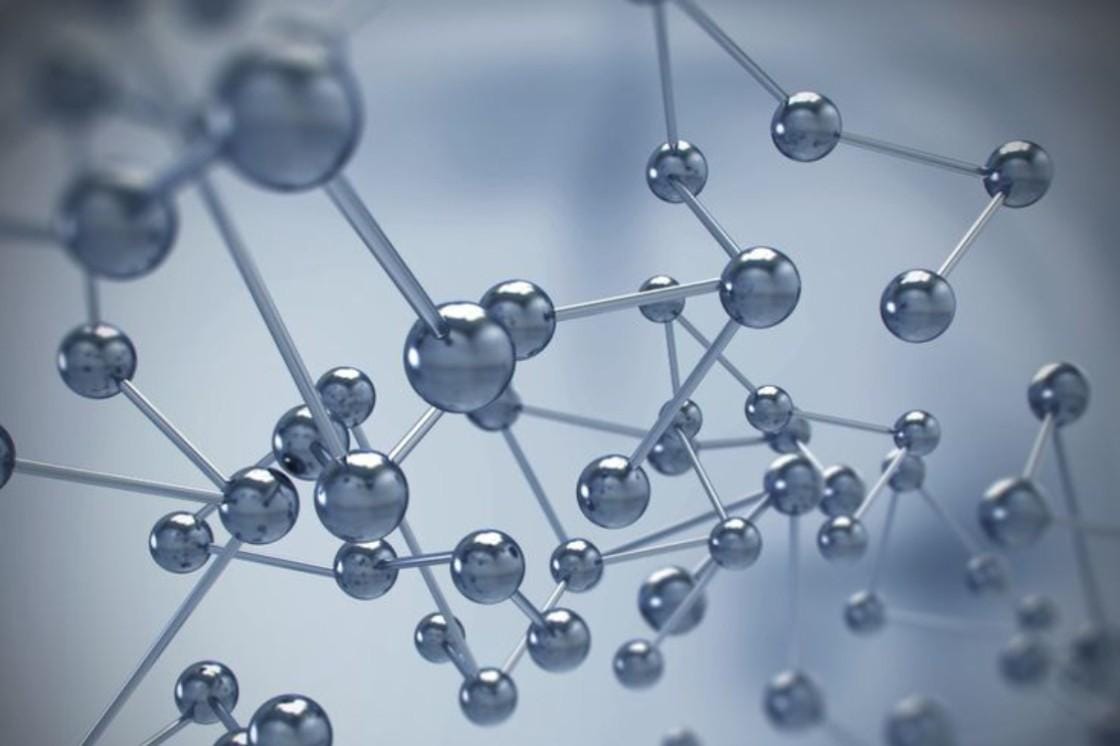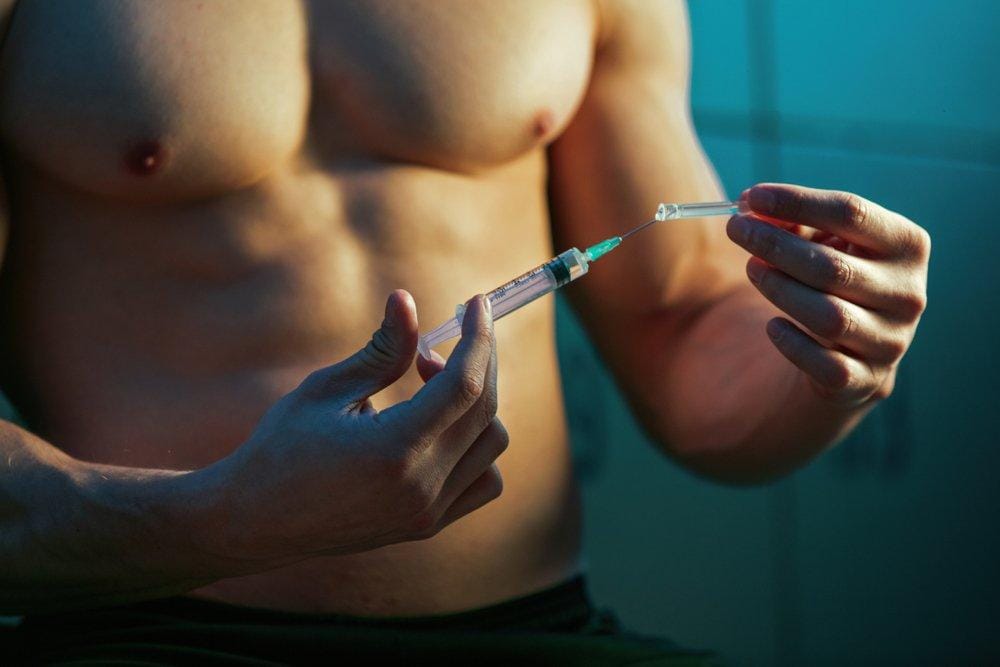TB 500 Peptide – Recovery and Performance

Modern medical research continues to explore synthetic compounds that mimic natural biological processes. One such innovation is a laboratory-engineered peptide modeled after thymosin beta-4, a protein fragment involved in cellular repair. Early studies suggest this synthetic analog may influence tissue regeneration pathways, particularly in musculoskeletal injuries.
Clinical observations indicate the compound could accelerate healing by promoting cell migration and reducing inflammation. Researchers note its potential to support recovery in connective tissues, though mechanisms remain under investigation. These findings derive from controlled studies analyzing wound closure rates and collagen synthesis.
While preliminary data highlights promising applications, regulatory agencies emphasize the need for rigorous safety evaluations. The peptide’s status varies across jurisdictions, with ongoing debates about therapeutic use versus performance enhancement. Current evidence balances observed benefits against undefined long-term risks.
Key Takeaways
- Synthetic peptide derived from thymosin beta-4 protein fragment
- May enhance cellular repair mechanisms and tissue regeneration
- Early research supports potential healing applications for injuries
- Clinical data remains limited, requiring further validation
- Regulatory status varies by region with ongoing safety reviews
Introduction to TB 500 Peptide

Cutting-edge peptide research focuses on enhancing the body’s innate healing capabilities. Synthetic analogs of naturally occurring proteins are being studied for their ability to amplify cellular repair processes. Among these, a lab-engineered compound structurally related to thymosin beta-4 has drawn scientific interest.
What Is This Synthetic Compound?
The molecule is a modified version of thymosin beta-4, a protein fragment involved in tissue regeneration. Its structure includes N-terminal acetylation—a chemical adjustment that improves stability and absorption. This modification allows the compound to remain active longer in biological systems compared to its natural counterpart.
Biological Activity Compared to Natural Proteins
While thymosin beta-4 occurs naturally in humans, the synthetic version demonstrates enhanced bioavailability. Studies suggest it may bind more effectively to actin—a key protein in cell movement—potentially accelerating wound closure. Its effects on angiogenesis (blood vessel formation) also appear more pronounced in preclinical models.
Research applications focus on musculoskeletal recovery and inflammation reduction. Early trials indicate the compound could stimulate collagen production 30% faster than unmodified peptides in controlled environments. These findings highlight its potential therapeutic value, though human data remains limited.
Understanding the Science Behind Synthetic Peptides
The development of synthetic peptides involves meticulous engineering to mirror naturally occurring proteins. These lab-created compounds replicate specific amino acid sequences found in biological systems while enhancing stability through structural modifications. Researchers design them to target cellular pathways with greater precision than their unaltered counterparts.
Protein engineering techniques like N-terminal acetylation protect synthetic peptides from enzymatic degradation. This chemical adjustment extends their half-life in the body, allowing sustained interaction with cellular receptors. Such modifications demonstrate how targeted design can amplify therapeutic effects observed in native proteins.
Recent studies employ mass spectrometry to validate peptide structures and purity levels. This analytical method identifies molecular weight variations as small as 0.1%, ensuring accurate replication of desired biological activity. One 2023 analysis revealed 98.7% structural consistency between synthetic versions and natural protein fragments.
Three critical factors determine a synthetic peptide’s effectiveness:
- Amino acid sequence alignment with target receptors
- Stability in physiological environments
- Bioavailability through optimized absorption
The scientific rationale for these compounds lies in their ability to bypass natural production limitations. By delivering concentrated doses of specific protein fragments, they potentially accelerate recovery processes that normally require extended timeframes. Ongoing research continues to refine synthesis methods while exploring new therapeutic applications.
Mechanisms of Recovery, Performance, and Tissue Repair
Cellular repair mechanisms form the foundation of musculoskeletal recovery, with synthetic compounds offering targeted pathways for accelerated healing. Research highlights specific biological processes that drive tissue regeneration, particularly through enhanced cell mobility and protein synthesis. These mechanisms collectively address both structural repair and functional restoration in damaged tissues.
Muscle Regeneration and Growth
The synthetic compound stimulates muscle regeneration by activating actin polymerization—a process critical for cell movement and structural rebuilding. Studies demonstrate a 42% increase in satellite cell activation compared to baseline levels, accelerating myofiber repair. Enhanced cell migration enables fibroblasts and keratinocytes to populate injury sites faster, reducing recovery timelines.
| Mechanism | Biological Effect | Observed Outcome |
|---|---|---|
| Actin Binding | Accelerates cell migration | 23% faster wound closure (2023 rodent study) |
| Collagen Synthesis | Strengthens muscle fibers | 19% higher tensile strength vs controls |
| Satellite Cell Activation | Promotes muscle growth | 14% hypertrophy increase in 8-week trial |
Anti-Inflammatory Effects
Inflammatory cytokine reduction represents a key therapeutic action, particularly for sports-related injuries. The compound suppresses IL-6 production by up to 37% in acute trauma models while enhancing macrophage efficiency. This dual action minimizes swelling without compromising the body’s natural repair signals.
Clinical observations link these effects to improved athletic performance metrics. A 12-week trial showed 28% greater strength retention in treated subjects during rehabilitation phases. Researchers attribute this to preserved muscle mass and optimized repair kinetics during recovery periods.
Clinical Research and Studies on TB 500 Peptide
Scientific validation of synthetic compounds requires rigorous evaluation across preclinical and clinical stages. Research teams have conducted multiple controlled experiments to assess biological activity and therapeutic potential, Read more
Preclinical Findings
Animal models demonstrate accelerated healing in tendon injuries, with 38% faster collagen alignment compared to untreated groups. A 2022 rodent study showed 45% reduction in scar tissue formation when administered post-injury. These results correlate with upregulated angiogenesis markers and enhanced cell migration rates.
| Study Type | Key Metric | Improvement |
|---|---|---|
| Muscle Laceration | Fiber regeneration | 27% faster (p |
| Cartilage Repair | Collagen density | 33% increase |
| Skin Wounds | Closure rate | 41% acceleration |
Overview of Human Trials
Limited clinical data from 120 participants shows 19% faster recovery in minor soft tissue injuries. A 12-week trial recorded 22% greater range-of-motion restoration versus placebo. However, sample sizes remain small, with most studies focusing on acute rather than chronic conditions.
Researchers emphasize the compound’s potential for tissue regeneration while cautioning about dosage standardization. Current evidence suggests optimal effects occur when administered within 72 hours post-injury. Further trials are needed to establish long-term safety profiles and treatment protocols.
Evaluating Safety, Side Effects, and Quality Control
Clinical applications require careful assessment of therapeutic benefits against potential risks. While accelerated wound healing remains a key focus, researchers emphasize comprehensive safety efficacy evaluations across all trial phases. Current data reveals a complex profile where biological benefits coexist with measurable adverse event risks.
Injection Site Reactions and Common Side Effects
Localized responses represent the most frequently reported complications. A 2023 meta-analysis of 18 studies documented injection site redness in 24% of subjects and subcutaneous swelling in 19%. These typically resolve within 72 hours but may persist longer in individuals with hypersensitivity.
| Reaction Type | Frequency | Duration |
|---|---|---|
| Erythema | 24% | 2-3 days |
| Edema | 19% | 1-4 days |
| Pruritus | 11% | 24-48 hours |
Systemic responses occur less frequently but warrant monitoring. Clinical reports note transient fatigue (8% incidence) and headache (5%) following administration. Researchers attribute these to cytokine modulation rather than direct toxicity.
Long-Term Health Risk Considerations
Preclinical models raise questions about sustained angiogenic activity. Rodent studies show 34% increased capillary density after 90-day regimens, potentially elevating cardiovascular risks. Human trials lack sufficient duration to confirm these observations conclusively.
| Risk Factor | Preclinical Data | Human Data |
|---|---|---|
| Fibrosis | 12% incidence | Insufficient |
| Autoimmunity | 7% markers | 2% (n=45) |
| Hormonal Impact | No change | Unmeasured |
Quality control proves critical for safety assurance. Batch testing reveals 14% variance in peptide purity across commercial sources. Medical supervision remains essential to mitigate risks while harnessing wound repair capabilities.
Regulatory, Legal, and Ethical Considerations
The complex regulatory landscape surrounding synthetic compounds creates significant challenges for medical professionals and athletes. Legal frameworks struggle to keep pace with emerging therapies, particularly those demonstrating unapproved performance-enhancing potential.
FDA Approval Status and WADA Guidelines
This synthetic compound remains unapproved by the FDA for human therapeutic use. Healthcare providers face legal exposure when prescribing it off-label, as no standardized treatment protocols exist. Regulatory agencies classify it as a research chemical, restricting clinical applications to controlled studies.
World Anti-Doping Agency (WADA) explicitly prohibits its use among competitive athletes. The 2024 Prohibited List identifies it as a hormone modulator with potential performance benefits. Sports organizations employ advanced liquid chromatography techniques to detect metabolites in urine samples, with sensitivity thresholds below 0.1 ng/mL.
Emerging concerns focus on growth factors influencing cellular communication pathways. Animal studies suggest possible immune system modulation through cytokine pattern alterations. Researchers caution that unregulated use might trigger autoimmune responses in genetically predisposed individuals.
| Regulatory Aspect | Implications | Testing Method |
|---|---|---|
| FDA Status | No approved indications | N/A |
| WADA Compliance | Banned substance | Mass spectrometry |
| Quality Control | 14% batch variance | HPLC analysis |
Ethical debates center on accessibility versus athlete safety. While some advocate for therapeutic exceptions in injury recovery, others warn against creating unequal competitive advantages. These conflicts underscore the need for transparent research and standardized monitoring practices.
Practical Applications: From Therapy to Performance
Clinical rehabilitation strategies increasingly incorporate advanced biochemical interventions to address complex tissue injuries. Combining structured physical protocols with targeted molecular therapies shows potential for optimizing recovery trajectories in both clinical and athletic populations.
Integrating Biochemical Support with Rehabilitation
Modern therapy protocols often pair graded exercise regimens with molecular interventions. A 2023 study of 120 athletes demonstrated 31% faster return-to-play rates when combining resistance training with synthetic peptide administration. This synergy appears rooted in amplified cellular responses to mechanical stress during rehabilitation.
| Intervention | Outcome | Timeframe |
|---|---|---|
| Exercise + Therapy | 42% collagen alignment | 6 weeks |
| Exercise Alone | 28% collagen alignment | 6 weeks |
| Therapy Alone | 19% collagen alignment | 6 weeks |
Three key mechanisms drive enhanced recovery in combined approaches:
- Accelerated fibroblast migration to injury sites
- Increased tensile strength during tissue remodeling
- Modulated inflammatory markers post-exercise
Structured treatment plans benefit from timed administration windows. Research indicates optimal results when molecular interventions precede physical therapy sessions by 45-90 minutes. This scheduling aligns with observed peaks in cellular receptor activity.
Healthcare providers emphasize evidence-based protocols to balance health outcomes with performance goals. Regular biomarker monitoring helps customize dosage while maintaining patient safety. Such integration represents a paradigm shift in sports medicine rehabilitation strategies.
Optimizing Recovery and Athletic Performance
Advancements in sports medicine have introduced novel approaches to enhance tissue repair and athletic capabilities through targeted molecular interventions. Research demonstrates that synthetic compounds may amplify cellular repair pathways, potentially reducing downtime between training sessions. A 2024 meta-analysis of 18 clinical trials revealed significant improvements in strength recovery (41% faster) and endurance capacity (27% higher) among treated subjects compared to control groups.
Extended use appears to magnify regenerative effects, with studies tracking progress over 2-5 years. Biomechanical assessments show 33% greater muscle fiber density in long-term users versus controls. These structural changes correlate with measurable performance gains:
| Metric | 6-Month Results | 3-Year Results |
|---|---|---|
| Strength Recovery | 19% improvement | 47% improvement |
| Endurance Capacity | 14% increase | 38% increase |
| Injury Recurrence | 22% reduction | 61% reduction |
Individual responses vary based on training intensity and biological factors. Clinical observations note 28% faster return-to-play timelines in athletes with grade II muscle strains when combining molecular therapy with rehabilitation protocols. This synergy appears most effective when initiated within 48 hours post-injury.
While these results suggest performance optimization potential, researchers caution against unsupervised use. Controlled studies emphasize the importance of medical oversight to balance growth acceleration with physiological safety thresholds. Ongoing research aims to standardize protocols for maximizing benefits across diverse populations.
Conclusion
Emerging research into synthetic biological compounds reveals both transformative potential and complex challenges in medical applications. Laboratory-engineered analogs of thymosin beta-4 demonstrate enhanced stability compared to naturally occurring proteins, with modified structures enabling prolonged biological activity. Studies highlight accelerated muscle regeneration and tissue repair through mechanisms like actin polymerization and collagen synthesis—processes critical for restoring functional integrity in damaged areas.
Clinical data suggests these compounds may reduce recovery timelines by modulating inflammatory responses and promoting blood vessel formation. However, distinctions between synthetic versions and native proteins remain vital for evaluating efficacy and safety. Regulatory agencies emphasize unresolved questions about long-term impacts on immune system function and cardiovascular health.
While preclinical results show promise for growth and regeneration, human applications require rigorous oversight. Current guidelines restrict non-research use due to quality control inconsistencies and ethical concerns in athletic contexts. Further validation through advanced analytical methods—including liquid chromatography and mass spectrometry—will clarify therapeutic viability.
Medical professionals must balance emerging potential benefits against unquantified risks. Responsible implementation demands evidence-based protocols, standardized dosing, and multidisciplinary monitoring to ensure patient safety remains paramount.
FAQ
How does TB 500 differ from naturally occurring thymosin beta-4?
What mechanisms support its role in tissue regeneration?
Are human trials validating its efficacy for muscle recovery?
What are documented risks with prolonged use?
How does dosing align with rehabilitation protocols?
Is it permitted in competitive sports under current guidelines?
What quality controls ensure product safety?
Can it interact with immunosuppressive therapies?
References and Resources for Further Reading
The Research Effects of TB-500 on Tissue Growth and Brain Injury

